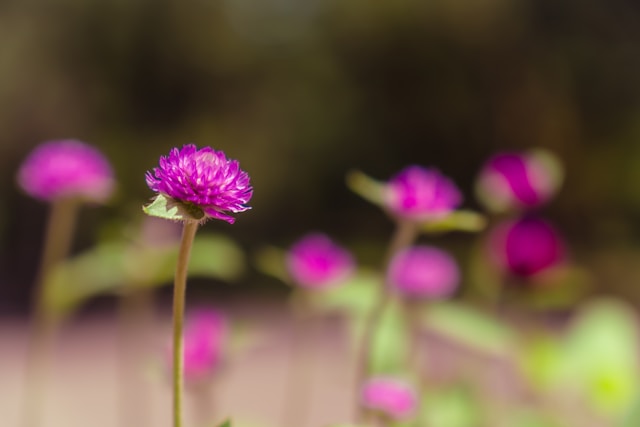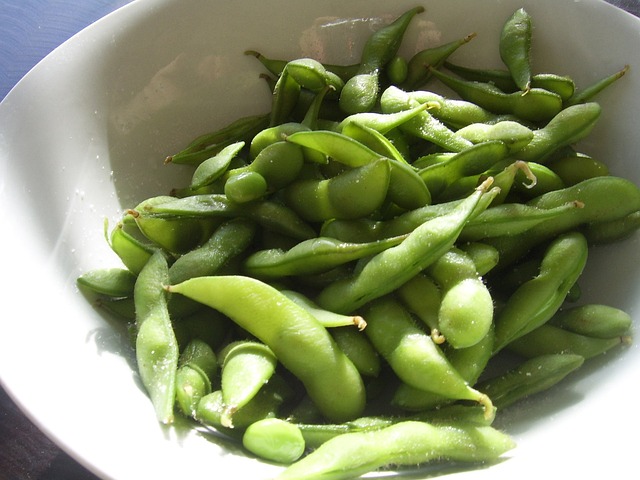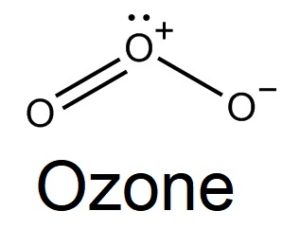Natural Treatments for Hot Flashes

Hot flashes are when a person feels hot and flushed, often with the skin turning red, which can be accompanied by significant sweating. Hot flashes often occur in women before, during and after menopause, most often due to a reduction in the amount of estrogen in the body. When hot flashes occur at night, they are called night sweats.
The intensity and frequency of hot flashes can vary considerably. For some individuals, hot flashes can be very disruptive, significantly reducing their quality of life. Hot flashes are the most common symptom of menopause that cause an individual experiencing them to seek treatment.
Standard treatments for hot flashes due to menopause include hormone therapy and other medications. However, research on hormone therapy has been found to increase the risk of breast cancer, blood clots and stroke (Tetrokalashvili 2022). As such, the use of hormone therapy has been on the decline.
Other standard medications that may help to decrease hot flashes include gabapentin, clonidine and antidepressant medications. All of these medications have side effects that may be of concern for some patients. Fortunately, there are a number of natural treatment options that can reduce the severity of hot flashes, usually without major side effects.
Natural Treatments
Magnesium
Magnesium is an important mineral. Studies in patients with breast cancer and hot flashes found that magnesium treatment was cheap and effective in just over half of the patients (Park 2011). In the study, they used a poorly absorbed form of magnesium: magnesium oxide. It would have been interesting if they had compared magnesium oxide to a better, more absorbable form, like magnesium citrate or glycinate. Unfortunately, the second study did not confirm the benefits (Park 2015). Due to the importance of magnesium, I wouldn’t hesitate to try one of the better absorbed forms. However, I also wouldn’t expect a profound reduction in hot flash symptoms with its use and would likely combine it with other treatments.
Omega-3 Fatty Acids and Vitamin E
Studies on omega-3 fatty acids and vitamin E have been somewhat mixed. However, a meta-analysis looking at research that combines the two for hot flashes concluded that when used together, they can significantly decrease their severity (Maghalian 2022).
Black Cohosh (Actaea racemosa)
The “classic” herbal treatment for hot flashes is black cohosh. A meta-analysis from 2023 of over 22 trials with over 2000 patients found that black cohosh was effective for menopausal symptoms, including hot flashes (Sadahiro 2023).
Of interest, there have been cases of liver toxicity associated with the consumption of products claiming to contain black cohosh. However, data appears to indicate that toxicity in many of the cases was due to the use of similar herbs that were either accidentally or intentionally substituted for black cohosh (Bittner 2016). When choosing a product that contains black cohosh, make sure to purchase the product from a reputable company, one that uses some form of verification to clearly identify the herbal raw materials used in their products.
Red Clover (Trifolium pratense)
Another herb often touted for its effects on reducing menopausal symptoms and hot flashes is red clover. As a treatment, red clover contains isoflavones that have estrogenic activity. A meta-analysis from 2021 found that red clover had a modest impact on reducing hot flashes (Kanadys 2021). However, treatment efficacy was slow to materialize, with benefits in most studies taking three or more months with doses of 80 mg or more of red clover isoflavones.
Soybean Extracts and Equol

Soybean extracts have also long been studied for their benefits on menopausal symptoms due to the isoflavones with estrogenic activity that they contain. More recent research suggests that a woman’s gastrointestinal flora may be the determining factor if soy is helpful for hot flashes or not. If an individual has the correct gut flora, when soy is consumed, the bacteria metabolize some of the isoflavones into a compound called equol. This equol is then absorbed and decreases the incidence and severity of hot flashes (Utian 2015).
Fortunately, equol is now available as a supplement. This removes the reliance on gut flora for receiving benefits from soy-based products. A meta-analysis on equol for treating hot flashes found the supplement to be effective for helping to reduce symptoms (Daily 2019).
Hops (Humulus lupulus)
Hops is normally known for giving beer its bitter flavor. However, hops contains potent compounds with estrogenic activity. As such, it has been studied in the treatment of menopausal symptoms and hot flashes.
The first study of hops found that a hops extract containing 100 micrograms of 8-prenylnaringenin was helpful at reducing symptoms at six weeks, although the benefits appeared to fade by 12 weeks (Heyerick 2006). A higher dose of 250 micrograms was less effective.
A similar study that used hops tablets with 100 micrograms of 8-prenylnaringenin also found somewhat modest benefits for reducing menopausal symptoms and hot flashes (Aghamiri 2016). In the study, the number of hot flashes was significantly reduced at weeks four and twelve.
One of the most recent studies combined soy and hops extracts. They found the combination was helpful for reducing menopausal symptoms, although the effects on hot flashes directly did not appear to reach statistical significance (Kim 2021). With the available data, hops looks to have pretty modest benefits. As such, it would not be my first choice as a potential treatment.
Conclusion
Hot flashes, when severe, can cause significant effects on an individual’s quality of life. Beyond standard treatments, a number of natural approaches may be worth considering, including omega-3 fatty acids combined with vitamin E, black cohosh, red clover and equol derived from soy.



